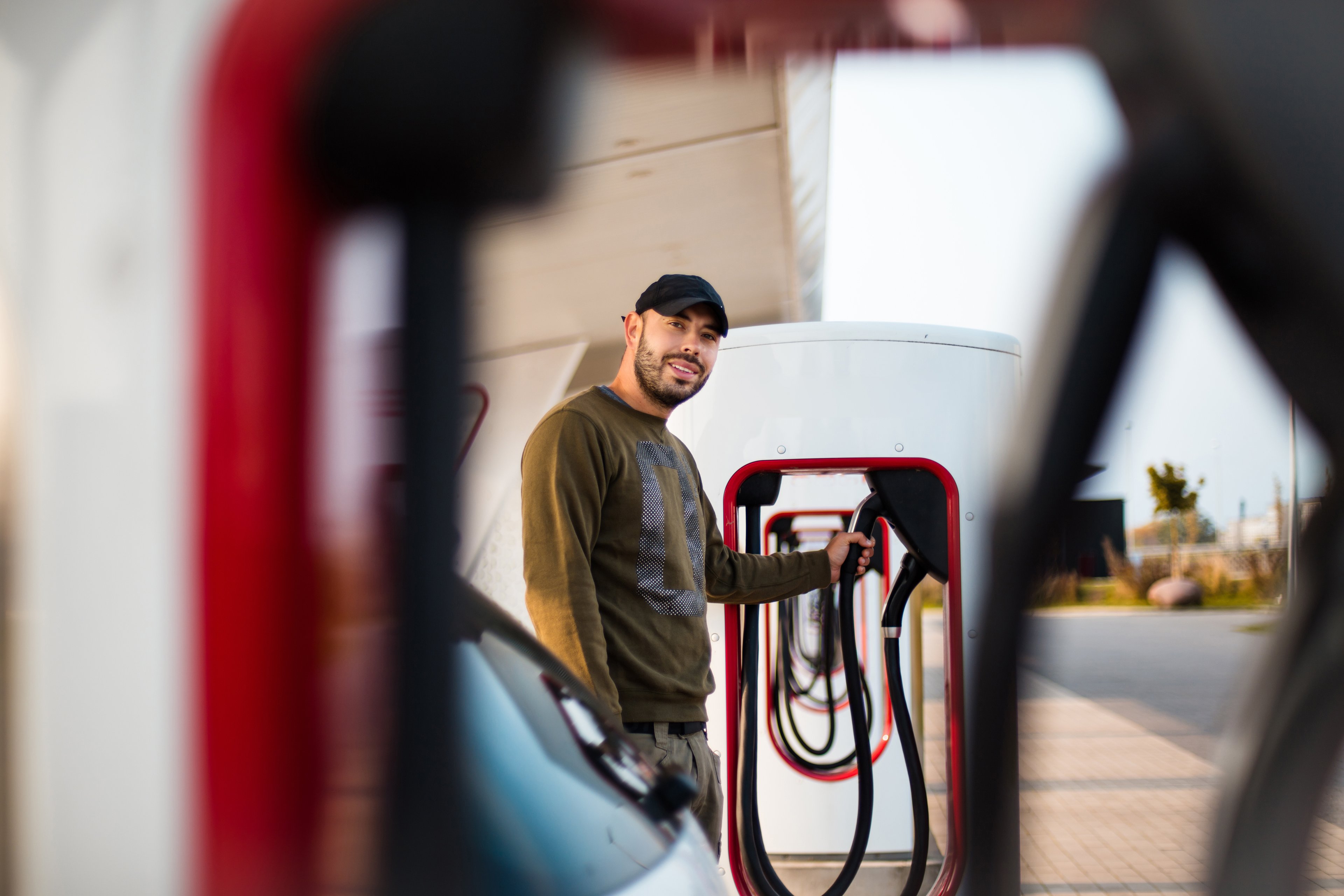Tesla's (TSLA 0.16%) Model 3 had already earned a coveted five-star rating, including a five-star rating in every subcategory, from the National Highway Traffic Safety Administration (NHTSA). But over the weekend, the electric-car maker announced a more formidable achievement for its latest vehicle: It has a lower probability of injury than any other vehicle ever tested by the NHTSA.
The news adds to Tesla's impressive track record with safety tests, including top NHTSA rankings for Tesla's Model S and Model X. In fact, an argument could be made that the Model 3 might be one of the safest vehicles on the road.

Tesla's Model 3. Image source: Tesla.
Tesla's impressive safety ratings
The Model 3's probability of significant degree of injury during a serious crash is below 6%, according to new data from the NHTSA. This is below the probability rating for the Model S (over 6%) and the Model X (closer to 7%). All three of the models Tesla is selling, therefore, are the safest vehicles on the road based on the NHTSA's data -- and the Model 3 is pushing safety design to new levels.
In a blog post on Sunday, Tesla wrote, "Based on the advanced architecture of Model S and Model X, which were previously found by the National Highway Traffic Safety Administration (NHTSA) to have the lowest and second lowest probabilities of injury of all cars ever tested, we engineered Model 3 to be the safest car ever built."

Image source: Tesla.
Most of what accounts for the Model 3's low probability of injury is Tesla's overall approach to vehicle design, enabled by fundamental advantages of fully electric vehicles.
The smaller size of electric motors, compared with gasoline engines, and the location of batteries in Tesla vehicles give the Model 3 an edge, as Tesla explained: "Like Model S and Model X, Model 3 benefits from its all-electric architecture and powertrain design, which consists of a strong, rigid passenger compartment, fortified battery pack, and overall low center of gravity. These safety fundamentals help to prevent intrusion into the cabin and battery modules, reduce rollover risk, and distribute crash forces systematically away from the cabin -- all while providing the foundation for our superior front crumple zone that is optimized to absorb energy and crush more efficiently."
Autopilot helps, too
While some high-profile crashes in Tesla vehicles that occurred while Autopilot was engaged have brought some bad press to the driver-assist technology, there's good reason to believe Autopilot makes the Model 3 even safer. NHTSA's own analysis of crash rates for Autopilot-equipped vehicles showed they were 40% less likely to get into a crash than Tesla vehicles without Autopilot.
And more-recent data from Tesla supports this conclusion. In Tesla's first quarterly vehicle safety report, published earlier this month, the company said that its vehicles without Autopilot enabled were 43% more likely to be in an accident or a "crash-like event" (near misses as recorded by Tesla's Autopilot software) than Autopilot-enabled vehicles. Tesla registered one accident or crash-like event for every 3.34 million miles driven in Autopilot-enabled vehicles during Q3. This compares with one accident or crash-like event for every 1.92 million miles driven in vehicles without Autopilot engaged.
Even though the hardware required for Autopilot is included in every Model 3 shipped, customers have to pay extra to enable the technology. But Tesla includes some safety-related Autopilot features, such as automatic emergency braking and side collision warning, as standard.
NHTSA's recent data on the Model 3's probability of serious injury during a crash makes a good case for Model 3 being one of the safest cars on the road. And, of course, if Autopilot really does make Tesla vehicles with Autopilot engaged safer than those without, this driver-assist technology likely only makes the Model 3 even safer.






